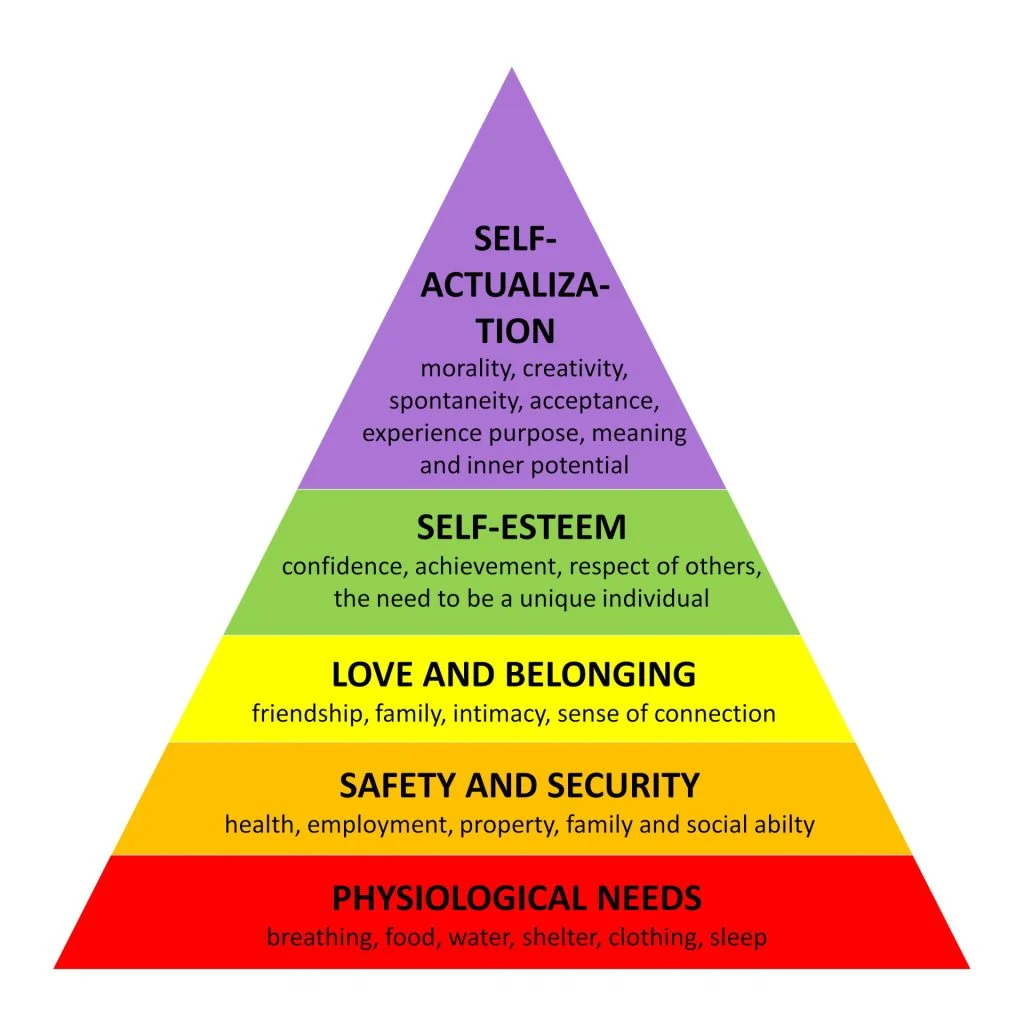Introduction to Consumer Behaviour
The Key to Understanding Your Customers
In the world of marketing, understanding consumer behaviour is like unlocking the secrets of a treasure map. This field of study reveals why people buy what they buy, and how they make decisions in the complex world of endless choices. Whether you’re a budding marketer or an experienced professional looking to sharpen your skills, a solid grasp of consumer behaviour can give you the edge you need to create impactful campaigns.
Personally, I find the topic of consumer behaviour endlessly fascinating. It’s an area where learning never stops. Even in your daily life, if you enjoy “people watching,” ask yourself: “Why are they doing what they are doing?“ By doing so, you can begin to piece together the cause-and-effect relationships that inform marketing activities and communications.
The Marketing Made Clear Podcast
This article features content from the Marketing Made Clear podcast, available on all good platforms including Spotify:
What Is Consumer Behaviour?
Consumer behaviour refers to the study of how individuals, groups, or organisations select, buy, use, and dispose of goods, services, ideas, or experiences to satisfy their needs and desires. It’s a multidisciplinary field that draws from psychology, sociology, anthropology, and economics.
At its core, understanding consumer behaviour means recognising the motivations, attitudes, and decision-making processes that drive purchases. For marketers, this insight helps craft strategies that not only attract attention but also resonate deeply with their target audience.
Why Does Consumer Behaviour Matter?
-
Creating Personalised Marketing: Tailoring campaigns to specific consumer needs increases relevance and engagement.
-
Predicting Market Trends: Understanding consumer behaviour allows businesses to anticipate shifts in preferences.
-
Enhancing Customer Retention: When you know what makes your customers tick, it’s easier to foster loyalty.
-
Improving Product Development: Insights into consumer preferences guide the creation of products that truly meet their needs.
For example, think of how Netflix uses its consumer data to recommend personalised content. This strategy is rooted in a deep understanding of their users’ viewing behaviours.
The Psychological Foundations of Consumer Behaviour
Several psychologists have shaped our understanding of consumer behaviour. Let’s explore some of their contributions:
1. Abraham Maslow and the Hierarchy of Needs
Maslow’s famous hierarchy of needs is a cornerstone in understanding motivation. His model outlines five levels of human needs:
-
Physiological (e.g., food, water)
-
Safety (e.g., shelter, security)
-
Love/Belonging (e.g., relationships)
-
Esteem (e.g., recognition)
-
Self-Actualisation (e.g., achieving one’s potential)
Marketers use this framework to align their products with specific needs.
For example, luxury brands often appeal to esteem needs by showcasing exclusivity, craftsmanship, and status symbols that resonate with a consumer’s desire for recognition and respect.
On the other hand, fitness apps frequently target self-actualisation by promoting personal growth, health achievements, and long-term goals, encouraging users to become the best version of themselves.
These targeted approaches ensure that marketing messages connect emotionally with their audience, creating a stronger bond between the consumer and the brand.

2. B.F. Skinner and Behavioural Conditioning
Skinner’s work in operant conditioning highlights how rewards and punishments shape behaviour. In marketing, this principle manifests in loyalty programmes that reward customers for repeat purchases with points, discounts, or freebies, fostering long-term engagement.
Similarly, time-limited offers create a sense of urgency, while penalties such as late fees or restricted access can discourage undesirable behaviours. These strategies leverage the power of positive and negative reinforcement to influence consumer decision-making, ensuring brands stay at the forefront of their customers’ minds.
3. Daniel Kahneman and Decision-Making
Kahneman’s research in behavioural economics, especially his book Thinking, Fast and Slow, introduced concepts like cognitive biases and heuristics. These insights explain why consumers sometimes make seemingly irrational decisions.
For example, the anchoring effect – where consumers rely too heavily on the first piece of information they encounter – is a common tactic in pricing strategies.
Retailers often use this by initially displaying a high “original price” alongside a discounted price to make the deal appear more attractive.
This tactic is also prevalent in subscription models, where a higher-tier option serves as an anchor to make mid-range plans seem more reasonable.
By understanding how anchoring influences perception, marketers can strategically frame offers to drive conversions.

Key Factors Influencing Consumer Behaviour
1. Cultural Factors
Culture shapes our values, perceptions, and habits. For instance, in individualistic cultures, personal achievements often influence purchasing decisions, while in collectivist cultures, group harmony plays a bigger role.
2. Social Factors
Family, friends, and social groups heavily influence purchasing behaviour. This is particularly evident in the rise of social proof through online reviews and influencer marketing.
3. Personal Factors
Age, occupation, lifestyle, and economic status are critical in shaping preferences. A teenager’s needs will vastly differ from those of a retiree.
4. Psychological Factors
Perception, motivation, learning, and beliefs impact how consumers interact with brands. For instance, positive brand associations often lead to repeat purchases.
How to Apply Consumer Behaviour Insights in Marketing
-
Segmentation and Targeting: Use consumer insights to divide your audience into meaningful segments based on behaviour, demographics, and preferences.
-
Positioning: Align your messaging to appeal directly to your target audience’s needs and desires.
-
Optimising the Customer Journey: Map out and refine each touchpoint in the buying process to create a seamless experience.
-
Utilising Data Analytics: Tools like Google Analytics and CRM systems provide valuable behavioural insights to inform your strategy.
Amazon’s Personalisation
Amazon’s use of data to recommend products is a masterclass in leveraging consumer behaviour insights. From “Frequently Bought Together” recommendations that simplify decision-making, to personalised emails crafted to highlight relevant products
Amazon ensures every interaction feels tailored. The platform also uses dynamic pricing strategies, adapting costs based on demand and user behaviour, and deploys AI-driven search algorithms to prioritise products most likely to convert. These techniques not only enhance the shopping experience but also reinforce customer loyalty by creating a sense of convenience and trust.
Conclusion
Understanding consumer behaviour is an ongoing journey. By diving into this fascinating field, you’ll not only improve your marketing efforts but also gain a deeper appreciation for the human side of business. Now, what are you waiting for? Start observing, learning, and applying these insights to take your marketing strategies to the next level!
Further Reading
If this topic has piqued your interest, here are some excellent resources:
- Consumer Behavior: Buying, Having, and Being by Michael R. Solomon
- Predictably Irrational by Dan Ariely
- “Understanding the Customer Journey” by HubSpot – An online guide to mapping customer behaviour.
References
- Maslow, A. H. (1943). A Theory of Human Motivation. Psychological Review.
- Kahneman, D. (2011). Thinking, Fast and Slow. Farrar, Straus and Giroux.
- Skinner, B. F. (1953). Science and Human Behavior. Macmillan.


